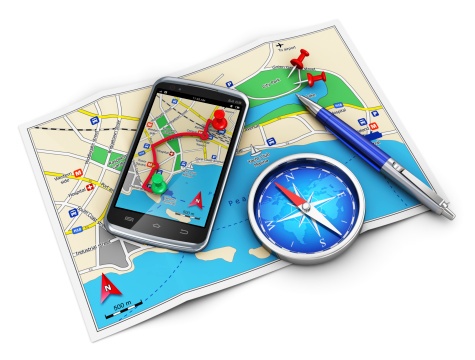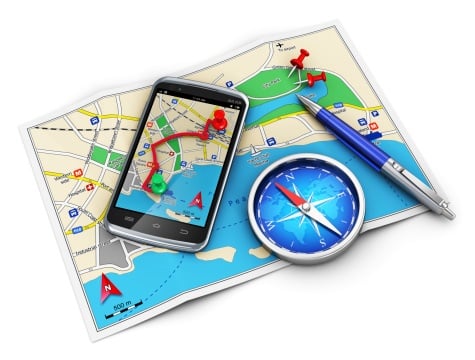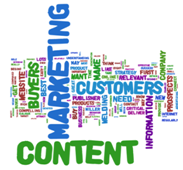
Or, perhaps more to the point, how to make sure your ideal client finds you. All organizations face this issue, and it can be especially challenging for small businesses. But done right, online inbound marketing puts you in the driver’s seat – you just need a roadmap for success.

Oleksiy Mark/iStock/Thinkstock
In the same way that not everyone who walks into your physical “bricks and mortar” store is actually going to be a client, not everyone who visits your website or your social media channels will be a client either. So, how do you drive the real clients to your website? And once you’ve achieved that, how do you find them amid all the other site visitors? Is there a way to not only identify them, but also to separate them out for closer attention? There is… and it involves two terms: Segmentation and Target Marketing.
Segmentation and Target Marketing Defined
The online Business Dictionary defines market Segmentation as: “The process of defining and subdividing a large homogenous market into clearly identifiable segments having similar needs, wants, or demand characteristics.” This dictionary goes on to say: “Its objective is to design a marketing mix that precisely matches the expectations of customers in the targeted segment.” Which brings us to our second term…
Target Marketing involves breaking a market into segments and then focusing your marketing efforts on one or a few key segments so you can concentrate on understanding the needs and wants of that particular market intimately. The bottom line is that Target Marketing is about attracting customers who will buy what you’re selling.
Who is your Ideal Customer? The Art of Buyer Personas
If you’re going to target your ideal customer, obviously you need to know who that is. Before you try to identify specific people, groups, or organizations, take some time to define your ideal. What characteristics does your target buyer have? Go beyond just demographics such as age, gender, location, marital status, education level, and income bracket. What are some key personality traits that might make them a good fit for your products and services? What might their interests be? What motivates them? What might they be trying to achieve that your offering could help with? The more information you can determine about your ideal customer, the better you will understand them and the more effectively you will be able to tailor and deliver your messaging to them.
Use this information to develop one or more “buyer personas.” According to HubSpot, a buyer persona is a semi-fictional representation of your ideal customer based on market research and real data about your existing customers. Be as detailed as you can. Give each persona a name – Frank the Farmer, or Connie the Coffee Connoisseur – and have some fun with personality traits. Done well, buyer personas help to focus your marketing content and hone in on the right audience to reach out to with your message.
The Advantage of Online Marketing
Working online using inbound marketing tactics gives you more power over your marketing efforts and outcomes. With an ad in a newspaper or magazine, you have no way to determine who has seen it, nor do you have any way to follow up with those who have. By contrast, online marketing allows you to discern who has seen your banner ad or other digital marketing content. Not only are you able to collect information about people who visit your ad, site, blog, or social media page, but you are also able to track that information over time, use it, and act on it:
- follow up with a thank you for downloading an article,
- respond with an email message or an offer, or even,
- have a complete automated campaign set up that guides your prospect through several steps, providing gradually more detailed and more targeted information about your products and services.
You might start with an ad on social media or in an online publication, then provide a useful checklist that your buyer would find helpful in reaching their goals, and follow that up with a more detailed white paper on a topic they’ve expressed interest in during your interactions. This progression gives you more information about what they are looking for at the same time that you are leading them through your sales process and propelling them towards a buying decision.
Multi-faceted Results
If you do the following:
- develop strong buyer personas
- use these to define a relevant target audience
- streamline your online marketing message for this audience
- provide progressively more detailed or tailored content to meet the audience’s needs
You will see positive results on a number of different fronts:
- Efficient use of time and resources
- Cost effective marketing activities
- More sales, increased revenues, and improved profit margins
- Improved customer relationships and happier customers
- Measurable progress and results throughout the entire customer engagement cycle
As a small business, it can be difficult to set aside the time needed upfront to establish solid buyer personas, to clearly define your target audience, and to create content that will resonate with them. However, experience tells us that these efforts will pay off in spades.









